Please set the alarm clock, the two bright stars of Gemini, Beihe Erhe and Beihe San will accompany the month
Author:Astronomy online Time:2022.09.16
From September 20th to 21st, "Beihe II" and "Beihe III" accompany the month

From September 20th to 21st, 2022, near the remnant moon, we can observe the two bright stars of Gemini- "Beihe II" and "Beihe III". Around it, we can also observe the brightest star in the dog -"Nanhe III". The chart is drawn by Earthsky by John Jardine Goss.
From September 20th to 21st, "Beihe II" and "Beihe III" accompany the month
In the early morning of September 20th to 21st, 2022, the Yueyue will slip next to Gemini ’s Liangxing“ Beihe II ”and“ Beihe III ”. "Beihe II" and "Beihe III" are very bright, and they are very close in the sky, so they are easily found. If you notice that there is a bright star on the other side of the moon, it is "Nanhe III", also known as "Little Sirius". It is the brightest star of the dog and the eighth bright star throughout the day.
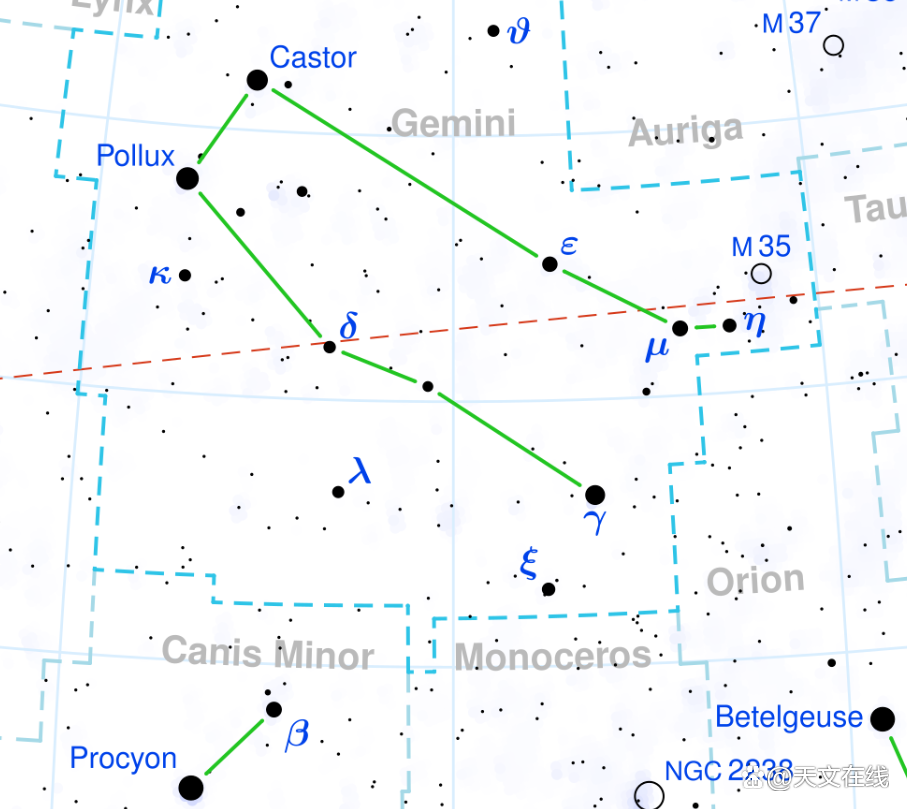
"Beihe II" and "Beihe III": The twin stars of Gemini
Gemini's "Gemini" is named from Castor and Pollux in the "Greek and Roman mythology". However, in fact, these two stars are not "twins" and even very different. Although "Beihe II" and "Beihe III" look close to each other, they are not physically related and are not close to space. "Beihe III", which is closer to us, is about 34 light years from us, while "Beihe II" is about 51 light years from us.
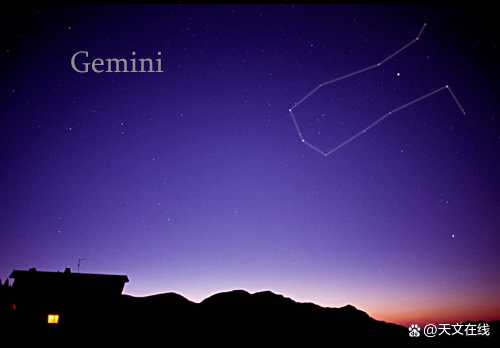
If you carefully study "Beihe II" and "Beihe III", you may notice the difference between their colors. "Beihe II" is white, which is compared with the orange light of "Beihe III". White star is a relatively hot young star, while orange stars are a low -temperature star close to the end of life.
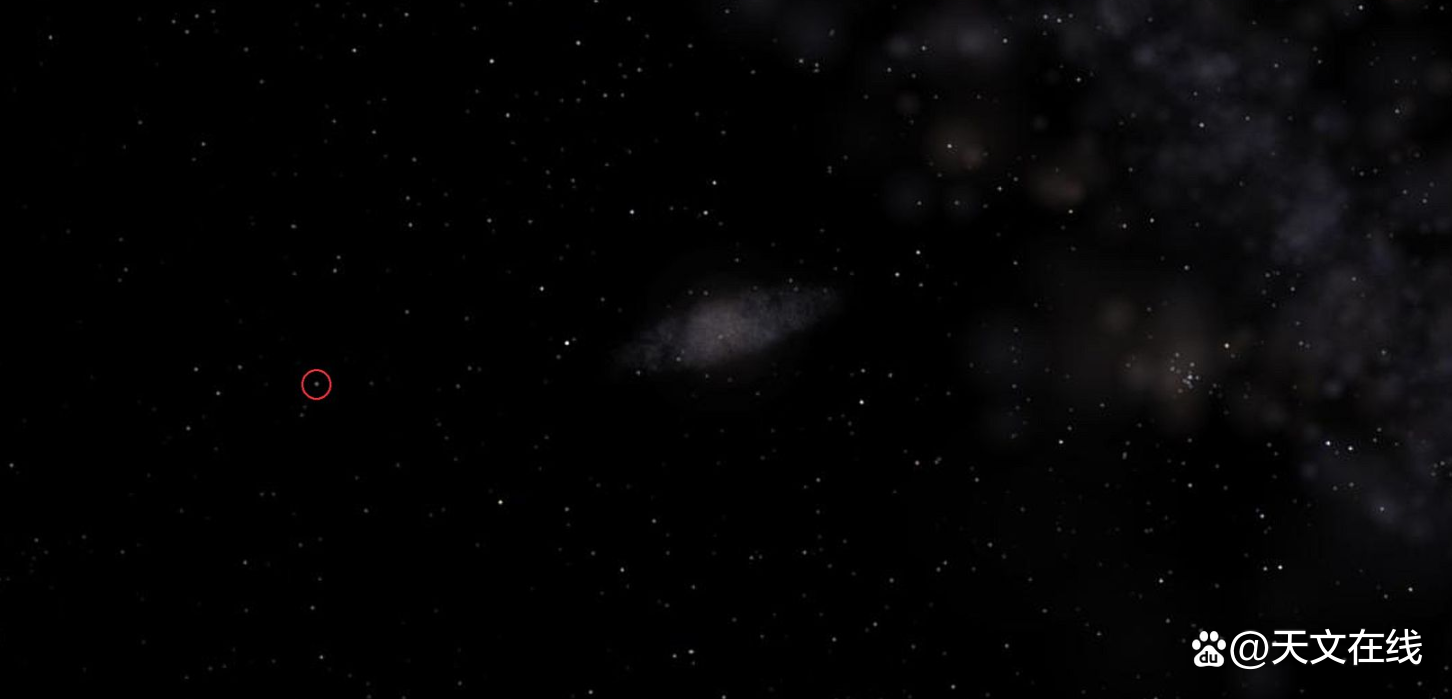
In addition, the orange light of "Beihe III" shows that it is a huge star.
"Beihe III" is the superstar closest to the earth, with a diameter of about 10 times that of the sun. It is also known as one of the few planets.
At the same time, "Beihe II" is a six -star star, consisting of three pairs of double stars, turning around a common quality.
Summary: In the early morning of September 20 and 21, 2022, observe the astronomical landscape of "Beihe II" and "Beihe III".
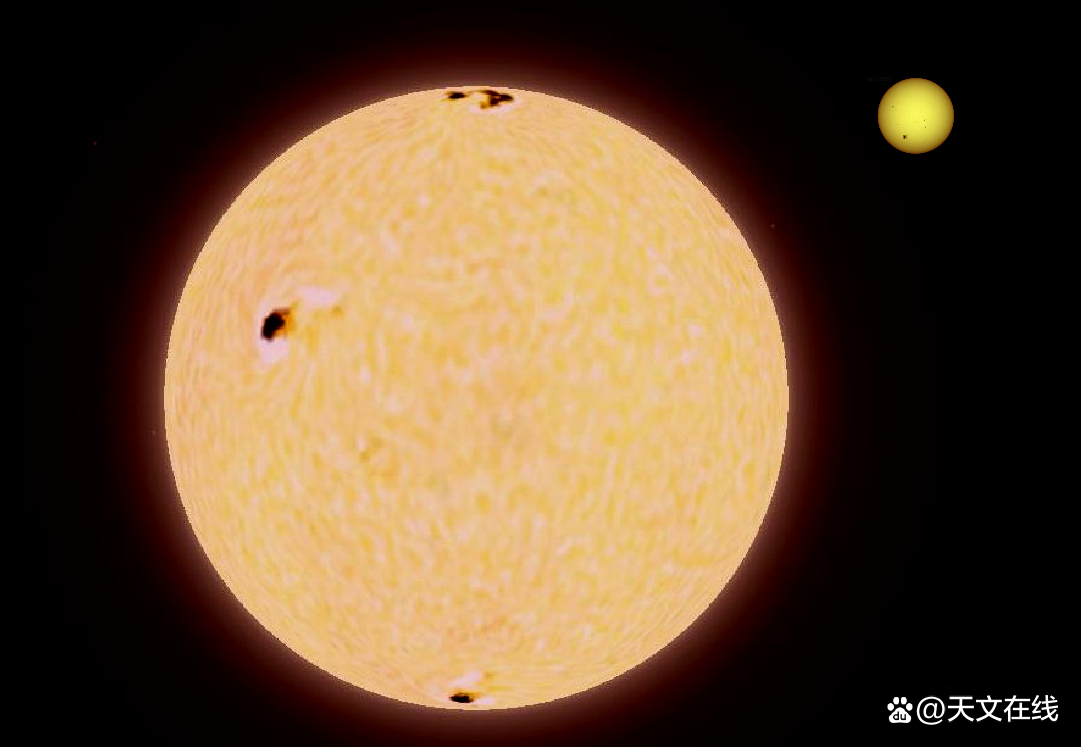
related information
"Beihe III" is the brightest star in Gemini. According to Bayer's star naming method, it is named "β Geminorum", which is "Latinization of Beta Geminorum" or "Beta Gem's abbreviation". This is an orange evolutionary superstar, 34 light years from the sun, and the closest superstar to the sun. Since 1943, the spectrum of this star has been one of the stable anchor points for other stars. [15] In 2006, a solar outer planet (initially named "Pollux B" or "β Geminorum B", which was officially named "THESTIAS") was confirmed to run around it.
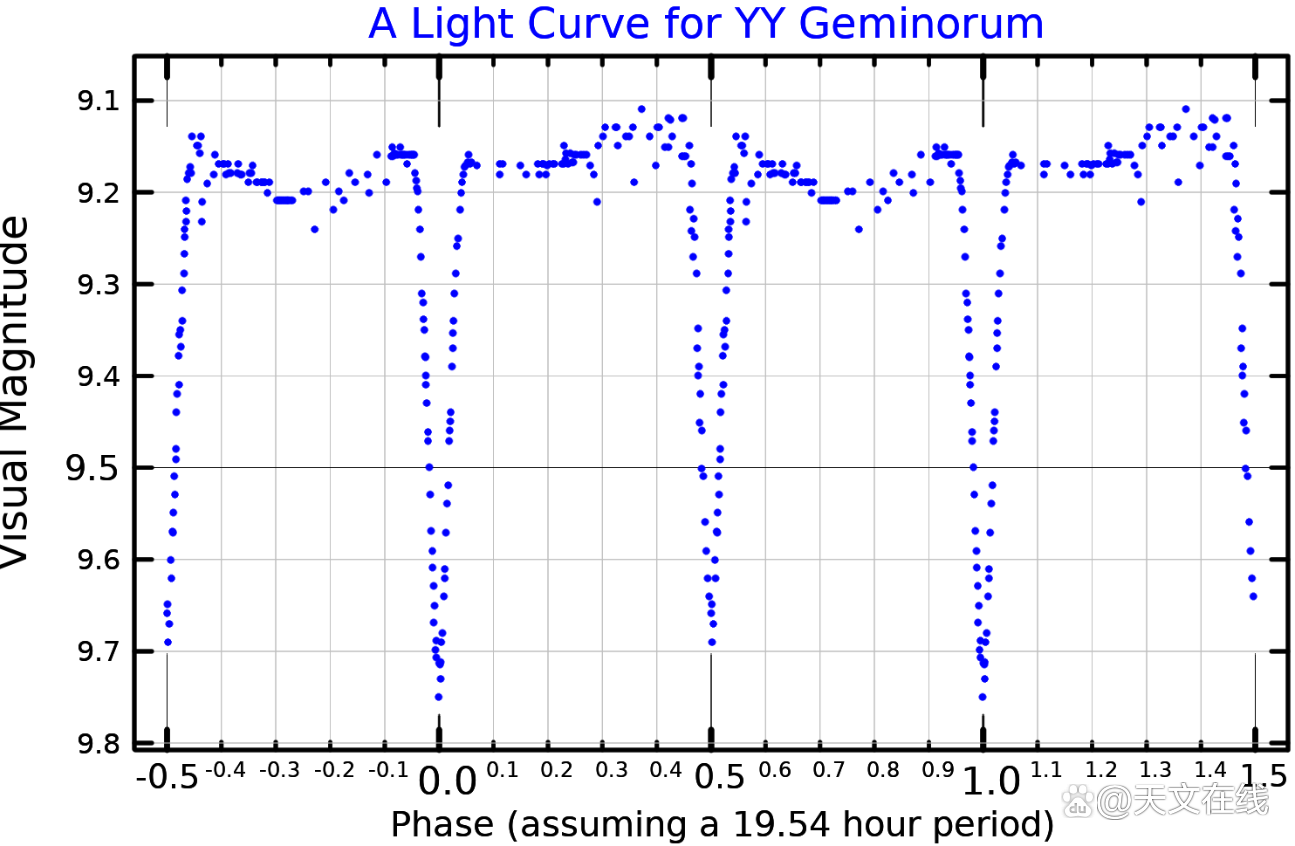
Since 1993, according to the measured radial speed oscillation, scientists have always suspected that a solar layman star revolution around the "Beihe Three" [37]. It was not until June 16, 2006 that the planet named "Pollux B" was proven and announced. It is estimated that the quality of "Pollux B" is at least 2.3 times that of Jupiter. This planet runs around "Beihe Three", with a revolving cycle of about 590 days. [10]

"Beihe II" is the second brightest celestial body in Gemini constellations. According to Bayer's star naming method, it is named "α Geminorum", which is "Latinization of Alpha Geminorum" or "abbreviation of Alpha Gem". It is 1.93, which is one of the brightest stars in the night sky. "Beihe II" is single to the naked eye, but in fact it is a six -star system composed of three pairs of double stars. Although it is a member of the "α" constellation, it is more dim than that of "β" Geminorum -"Beihe III".
Those stars that fall in the mountains at midnight (for the observer are not in the ring constellation) -mochoria can be observed at the polar areas that are away from any of the midnight sun -when they are in the right place, it means that they can from the dusk Dawn was continuously observed. This is suitable for the current Age's α Gemini on January 14. [25]
For half a year since July 14, this star will be partly or below the sun -separate from the stars' redttire (see the right table on the angle). In the nearby days and months, most of the stars' rising time will be during the day.
By: Marcy Curran
FY: Astronomical Volunteer Team
If there is related content infringement, please contact the author to delete after the work is released
Reprinted, please obtain authorization, and pay attention to maintaining integrity and indicating the source
- END -
How can this indoor positioning enterprise in Chengdu be a drafting enterprise for industry standards for more than 3 years?丨 Little Giant's Secret

Cover reporter Liu XuqiangIn early June, in the Chengdu Intelligent Information I...
Shenzhen Zhonglian Rui New Land in Shantou Overseas Chinese Pilot Zone
At present, the Overseas Chinese Pilot Zone is exploring the integration and development of Shantou's regional international communications business entry and exit bureau and the sea wind power indust...